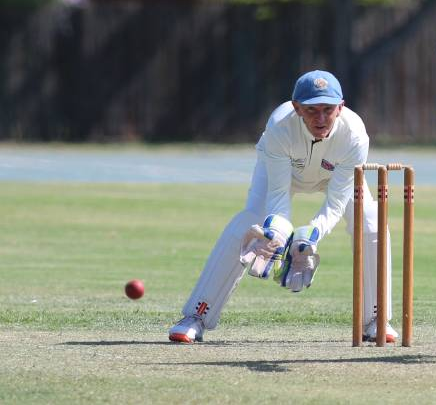
0 Followers
Modern day batters play the spinners with the bat in front of the pad where we grew up in the 1980s being taught to play with the bat beside the pad. I’m interested to know when it started to change and why?
Partner Sponsors
Responses
This is only my opinion Lucas,
• the modern batsman wants to score at every opportunity, so they need to access the ball
• they are not as concerned about getting out
• DRS .. umpires tendered not to give you out if you where a long way forward
• if you hit it you can’t be LBW
• we where taught to hit with the spin,modern batsman can hit into the spin.
• in short if you get your leg out of the way and your bat in front it gives you more access to the ball
• the game has changed Lucas , and I like it. Us ole blokes may have to change with it?!
Will be interested to see some other opinions on this…. Good question mate.
DRS is the main reason. The old adage, ‘if in doubt, not out’ doesn’t apply anymore. Even in amateur cricket with no DRS , umpires are giving more than they used to. Coaching has therefore evolved to accommodate this and players are playing in front of the pad and also inventing new shots to dominate bowlers such as reverse sweeps and ramp shots. All positive evolution. I bet the great spinners of yester year wish they were playing today!
They played this way prior to DRS being in the picture.
Primary reason was that in test cricket.
Bat next to pad leads to the ball… in those bat pad caught situations… after taking an edge and then hitting the pad, the ball went forward to the catchers. Playing in front of the pad gives better access and edges do not hit the pad and pop up. They stay down and go square or behind square.
Agree on easier access to the ball.










